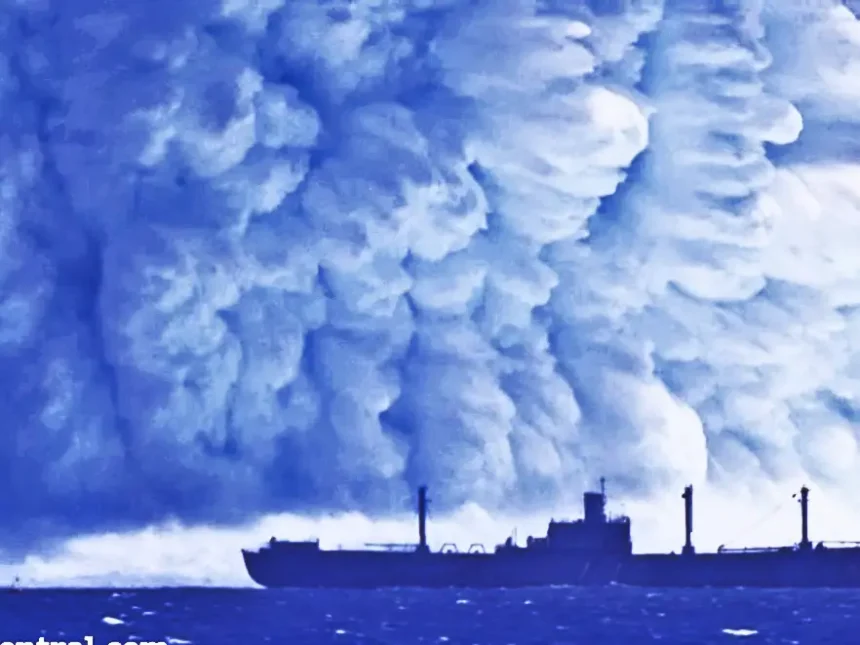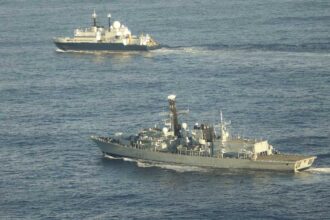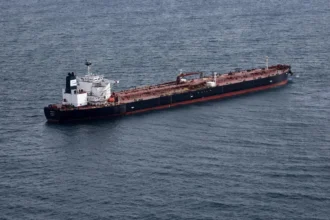Russia’s Poseidon nuclear weapon is one of the most mysterious and controversial strategic weapons in development today. Described as an autonomous, nuclear-powered underwater drone armed with a nuclear warhead, the Poseidon system is part of Russia’s new generation of doomsday weapons intended to bypass conventional missile defenses and deliver devastating second-strike capabilities.
Key Features of the Poseidon Weapon
- Unmanned and Autonomous: Poseidon is not launched like a traditional missile but is an underwater drone or torpedo that can operate independently, navigate ocean currents, and avoid detection.
- Nuclear-Powered Propulsion: It is believed to have an onboard nuclear reactor, allowing it to travel extremely long distances—potentially across entire oceans—at great depths and high speeds.
- Massive Nuclear Warhead: Reports suggest it could carry a warhead of up to 100 megatons, though most experts estimate the yield to be between 2 and 10 megatons. Even at the lower end, this is many times more powerful than the bombs dropped on Hiroshima and Nagasaki.
Intended Purpose
Poseidon is designed to be a second-strike deterrent—a weapon that ensures Russia can retaliate in the event of a nuclear attack. Its primary targets would likely be coastal cities, naval bases, and critical infrastructure. If detonated near a coastline, Poseidon could create a radioactive tsunami, contaminating large areas and causing long-term devastation.
Strategic Advantages
- Bypassing Missile Defense: Since Poseidon travels underwater and at great depths, it avoids traditional land- and air-based missile defense systems.
- Deterrent Impact: Its sheer destructive potential is meant to serve as a psychological and strategic deterrent, reinforcing Russia’s status as a nuclear superpower.
- Untraceable Routes: The underwater path allows it to maneuver silently over long periods, making detection and preemptive action extremely difficult.
Deployment Status
As of 2025, Poseidon is still under development but reportedly nearing operational status. The nuclear-powered submarine Belgorod is expected to carry and deploy these weapons, and other submarines are being built or modified to carry Poseidon systems.
Global Concerns
- Destabilization Risk: Analysts warn that Poseidon could further destabilize global arms control agreements and increase the risk of escalation.
- Environmental Impact: A detonation by Poseidon could cause catastrophic radioactive contamination, affecting marine ecosystems and civilian populations for decades.
- Arms Race Pressure: The introduction of such a weapon pressures other nuclear powers to develop countermeasures or similar technologies, contributing to a renewed underwater arms race.
Conclusion
Russia’s Poseidon nuke represents a dramatic shift in nuclear deterrence theory—moving beyond traditional ICBMs and submarines to introduce unmanned, autonomous, underwater nuclear delivery systems. While it has not yet been deployed in conflict, its existence marks a worrying evolution in modern warfare, one that further complicates the fragile balance of global nuclear peace.














